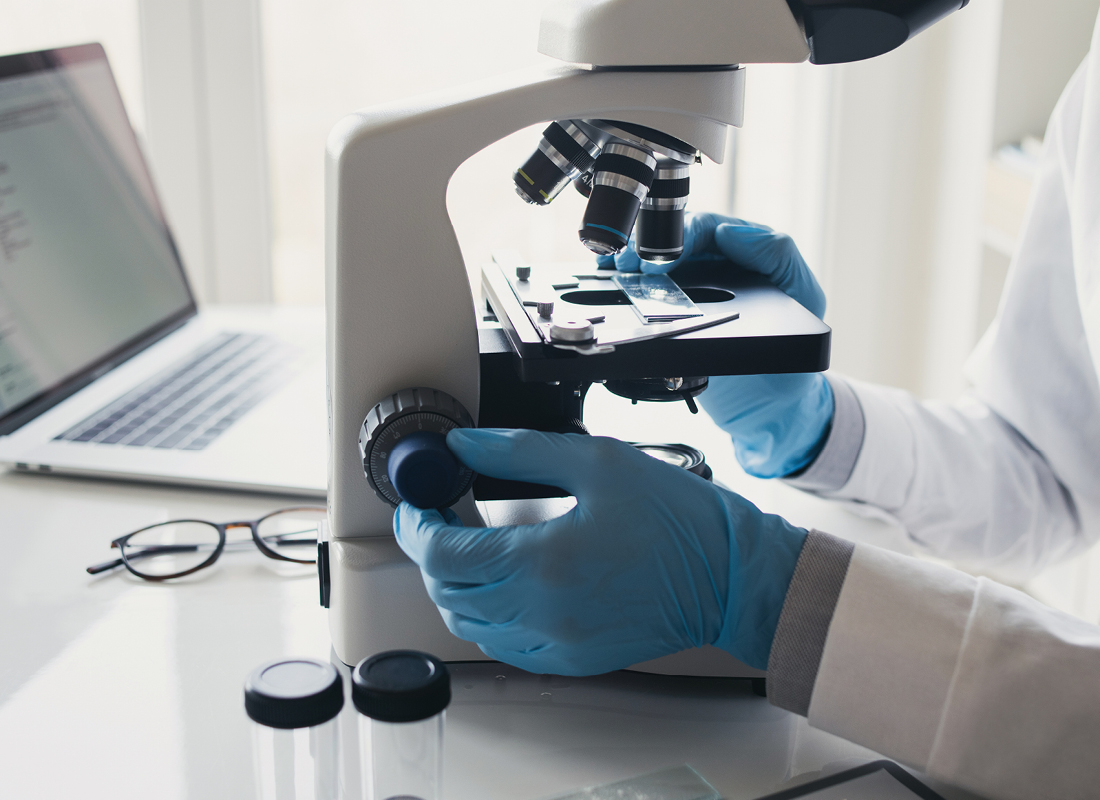New Study Supports Efficacy of Using Rapid, At-Home Antigen Testing to Stop Spread of COVID-19
As it was with the previous administration, widespread distribution and use of rapid, self-administered COVID-19 antigen tests are a crucial element of the Biden pandemic response strategy. But the science underlying the efficacy of direct antigen rapid tests for detecting SARS-CoV-2 remains a work in progress. It is universally recognized that rapid antigen tests are not as accurate as real-time quantitative polymerase chain reaction (qRT-PCR) tests detecting viral molecular RNA. The key question is whether the tests are reliable enough for use in asymptomatic screening and preventing the spread of the virus in work and public social settings. An important new study published by the Journal of the American Medical Association (JAMA) suggests that they are. The Stakes Are High What rapid antigen tests lack in accuracy they make up for in cost, speed, ease of use and scalability. Unlike qRT-PCR tests, they can be performed at the point of care without the use of complex equipment and RNA separation processes. As a result, they are seen as integral for use in surveillance and screening asymptomatic populations in workplaces, schools, travel points and other social settings. Adding to their efficacy is that these tests are now becoming increasingly available for […]

Subscribe to Clinical Diagnostics Insider to view
Start a Free Trial for immediate access to this article